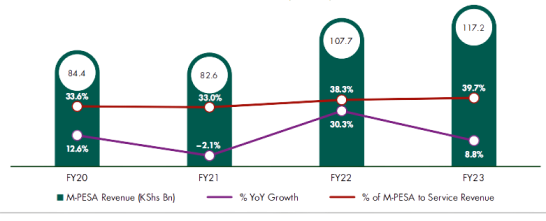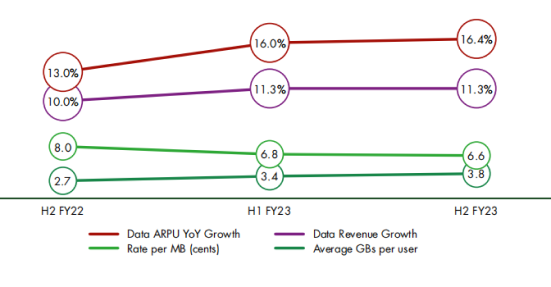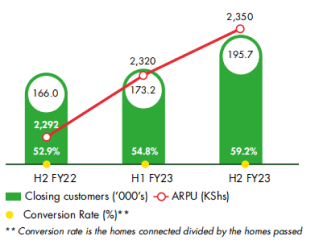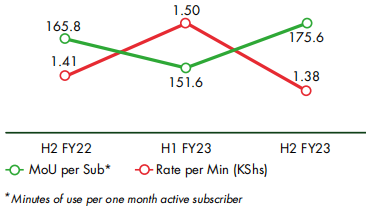Aspects from the Macro Economic Environment


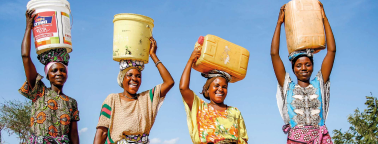

Regulatory Implications
In addition to macro-economic impacts, regulatory changes, particularly to the
mobile termination rate (MTR), have had the following impacts on our business:
• The revised MTR and fixed termination Rate (FTR) of KShs 0.58 from KShs 0.99, (an interim
rate for 12 months as the Authority conducts a Network Cost Study) came into effect
from 1 August 2022.
This reduction in rate has impacted our interconnect revenues to the value of
KShs 2 billion, with FY2023 interconnect revenues for Kenya declining by 22.5% YoY to
KShs 5.3 billion.
• The previous rate of KShs 0.99 was applicable for only four months of H1 FY2023, with a
larger impact felt in H2. The total loss was KShs 2.0 billion in FY2023, based on the MTR
decline to KShs 0.58.
Tax Implications
We saw a number of tax implications during the year under review:
• The Finance Act 2022 imposed a 10% excise duty on the importation of cellular phones, 25%
import duty on phones as part of the EAST African Community External Tariff (CET) and as
well KShs 50 excise duty on every imported ready-to-use SIM card. These taxes have increased
the cost of smartphones and slowed down our initiatives to drive 4G device penetration in
the year. The three sets of taxes on the purchase of mobile phones and SIM cards add a new
layer of taxes to users who already pay a raft of other levies on the services they access
on their devices.
• The three sets of taxes on the purchase of mobile phones and SIM cards add a new layer of
taxes to users who already pay a raft of other levies on the services they access on their
devices.
• The use of telephone and internet data services already attracts duty at the rate of 20%
of excisable value which includes the 16% value-added tax (VAT).

